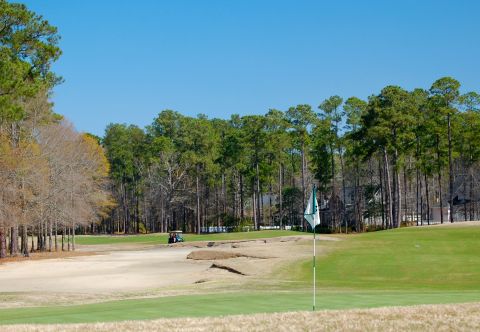“Without an influx of funding,” writes Blondin, “some private clubs are in danger of failing.”
For some of those clubs, the situation is dire, and only short-term fixes will help them survive. They’ve looked at the balance
The other short-term financial mechanism of current favor is to cut out initiation fees altogether and, in some cases, chop dues. First, that doesn’t exactly endear you to your existing members who paid five-figure initiation fees; justifiably, that may seem like a slap in the face to those who have kept the club afloat through hard times. But even if a club can overcome the frayed relationships with its existing members, the reduction in income is unsustainable over the long haul. Raise the fees in a few years and the newer members will feel caught in a bait and switch. But if you don’t raise the additional revenues, how do you pay for the new landscaping equipment, the workers who maintain the course, and the new irrigation systems that need replacing? You can only defer maintenance for so long; eventually, special assessments will be necessary, creating more membership issues. And should another recession hit, consider how well many clubs have managed this last one. Golf club operators, trained to be good communicators with their memberships and boards, weren't schooled in the kind of creative marketing approaches that are needed to address the new realities of the golf industry.
The private golf clubs that make it past the current stresses are going to be those that combine a little bit of financial creativity with a lot of
There are plenty of other ideas private clubs have not explored. The creative clubs will start thinking outside the box. The others won’t survive, at least not as private clubs as we have known them.
You can read the Myrtle Beach Sun News article by clicking here.

To sustain their viability over the long term, the Myrtle Beach area's few private golf clubs, like the Tom Fazio designed Wachesaw Plantation (5th hole shown above), will need to do more than just cut initiation fees and dues.



